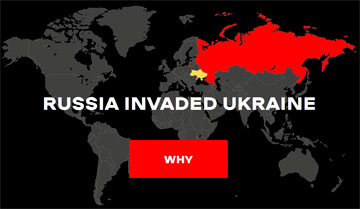Memory corruption in Linux kernel
| Risk | Low |
| Patch available | YES |
| Number of vulnerabilities | 1 |
| CVE-ID | CVE-2009-4020 |
| CWE-ID | CWE-119 |
| Exploitation vector | Network |
| Public exploit | N/A |
| Vulnerable software |
Linux kernel Operating systems & Components / Operating system |
| Vendor | Linux Foundation |
Security Bulletin
This security bulletin contains one low risk vulnerability.
1) Memory corruption
EUVDB-ID: #VU92834
Risk: Low
CVSSv4.0: 6.6 [CVSS:4.0/AV:N/AC:L/AT:N/PR:N/UI:N/VC:N/VI:N/VA:H/SC:N/SI:N/SA:N/E:U/U:Clear]
CVE-ID: CVE-2009-4020
CWE-ID:
CWE-119 - Memory corruption
Exploit availability: No
DescriptionThe vulnerability allows a remote non-authenticated attacker to perform a denial of service (DoS) attack.
Stack-based buffer overflow in the hfs subsystem in the Linux kernel 2.6.32 allows remote attackers to have an unspecified impact via a crafted Hierarchical File System (HFS) filesystem, related to the hfs_readdir function in fs/hfs/dir.c.
MitigationInstall update from vendor's repository.
Vulnerable software versionsLinux kernel: All versions
CPE2.3 External linkshttps://bugzilla.redhat.com/show_bug.cgi?id=540736
https://marc.info/?l=linux-mm-commits&m=125987755823047&w=2
https://www.openwall.com/lists/oss-security/2009/12/04/1
https://userweb.kernel.org/~akpm/mmotm/broken-out/hfs-fix-a-potential-buffer-overflow.patch
https://rhn.redhat.com/errata/RHSA-2010-0046.html
https://rhn.redhat.com/errata/RHSA-2010-0095.html
https://support.avaya.com/css/P8/documents/100073666
https://lists.opensuse.org/opensuse-security-announce/2010-01/msg00005.html
https://secunia.com/advisories/38276
https://www.debian.org/security/2010/dsa-2005
https://lists.opensuse.org/opensuse-security-announce/2010-03/msg00007.html
https://www.novell.com/linux/security/advisories/2010_23_kernel.html
https://secunia.com/advisories/39742
https://oval.cisecurity.org/repository/search/definition/oval%3Aorg.mitre.oval%3Adef%3A6750
https://oval.cisecurity.org/repository/search/definition/oval%3Aorg.mitre.oval%3Adef%3A10091
Q & A
Can this vulnerability be exploited remotely?
Yes. This vulnerability can be exploited by a remote non-authenticated attacker via the Internet.
Is there known malware, which exploits this vulnerability?
No. We are not aware of malware exploiting this vulnerability.
